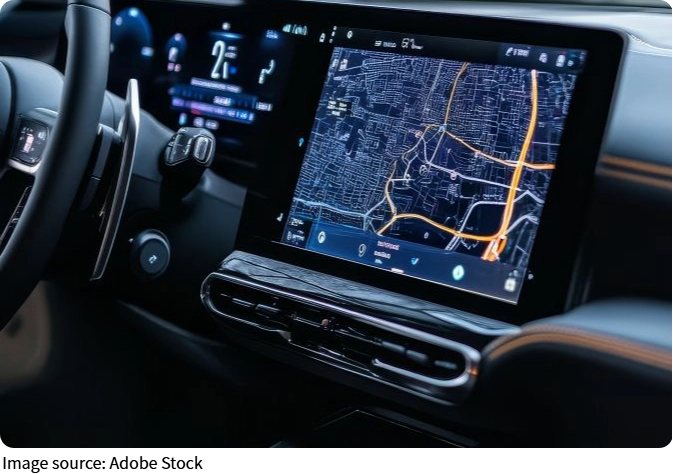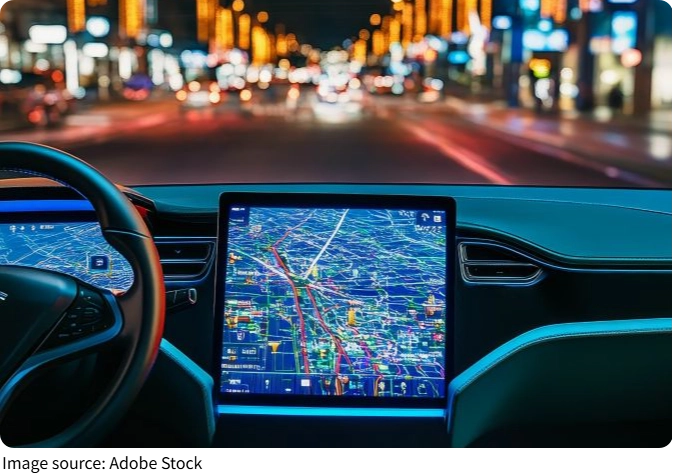Car Ergonomics

Ever noticed how some cars just feel right the moment you sit inside?
It's not magic — it's carefully crafted ergonomics shaping your experience. Car interiors are no longer just about looking stylish; they are designed to fit the human body perfectly while keeping every control intuitive and easy to reach.
This balance between comfort and function plays a huge role in how enjoyable, safe, and fatigue-free your driving experience can be. Let's take a closer look at one key aspect that many overlook but directly impacts your daily drive: seat design.
Ergonomic Seats: The Unsung Heroes of Comfort
When you spend hours behind the wheel, your seat isn't just a place to sit — it's the foundation of your comfort and posture. Ergonomics experts emphasize that well-designed seats help prevent back pain, reduce fatigue, and maintain alertness on long drives. But what exactly makes a seat ergonomic?
Key factors in seat design include:
• Adjustability: Modern seats offer multiple points of adjustment — height, lumbar support, tilt, and even side bolsters. This customization ensures that drivers of various body types can find their ideal seating position. Lumbar support is especially crucial because it maintains the natural curve of the spine, preventing slouching that leads to discomfort.
• Material and Padding: The seat cushion needs to strike a balance — firm enough to support, but soft enough to avoid pressure points. Breathable fabrics or ventilated leather enhance comfort by regulating temperature, so you're not sweating or freezing.
• Shape and Contouring: Seats that cradle the body while allowing freedom of movement help drivers stay stable during turns and reduce muscle strain. A deep bucket seat might feel secure in a sports car but can become uncomfortable on longer commutes if too restrictive.
Research from occupational therapists highlights that prolonged poor seating posture can lead to chronic back issues. Automakers now often collaborate with health professionals to develop seats that encourage a healthy spine alignment, combining science with comfort.
Dashboard and Controls: Designed Around You
The interior isn't just about seats — how information and controls are presented also impacts driver comfort and safety. An ergonomic dashboard layout minimizes distractions and ensures everything is within easy reach and sight.
What designers focus on:
• Visibility: Gauges and screens are positioned to keep essential data — speed, fuel, navigation — in the driver's natural line of sight, reducing the need to look away from the road.
• Reachability: Buttons and knobs are placed, so drivers can operate them with minimal hand movement. Tactile feedback, like the click of a switch, helps users confirm commands without looking down.
• Intuitive Design: Grouping related controls and using clear symbols reduce confusion and learning curves. For example, climate controls often have familiar icons and logical placement near the driver and front passenger.
Automotive UX specialists stress that poor layout can cause driver distraction, increasing the risk of accidents. Ergonomics in dashboard design is a safety feature disguised as convenience.
User Interfaces: The Future of Interaction
Technology has transformed the way drivers interact with their cars, with touchscreens, voice commands, and digital assistants becoming commonplace. But with new tech comes new challenges: How do designers make these systems easy to use without overwhelming or distracting drivers?
Effective ergonomic user interfaces are:
• Simple and Clear: Minimalist menus with large icons and straightforward options make it easier to navigate features quickly.
• Customizable: Drivers can prioritize functions they use most often, reducing unnecessary steps and mental load.
• Multimodal: Combining touch, voice, and physical controls lets users choose what suits their preference and situation, improving safety and ease of use.
Human factors engineers play a key role here, testing how people actually use these systems in real driving conditions. Their research helps avoid overly complex interfaces that can distract and frustrate.

So next time you slide into a car, consider how the seat, dashboard, and interface are silently working together to support you. A well-designed interior isn't just about luxury — it's about respecting the driver's body and mind, making every journey smoother and safer. Which car interior features matter most to you when you're behind the wheel? Your preferences might reveal how much you value comfort and usability, sometimes even more than horsepower.


